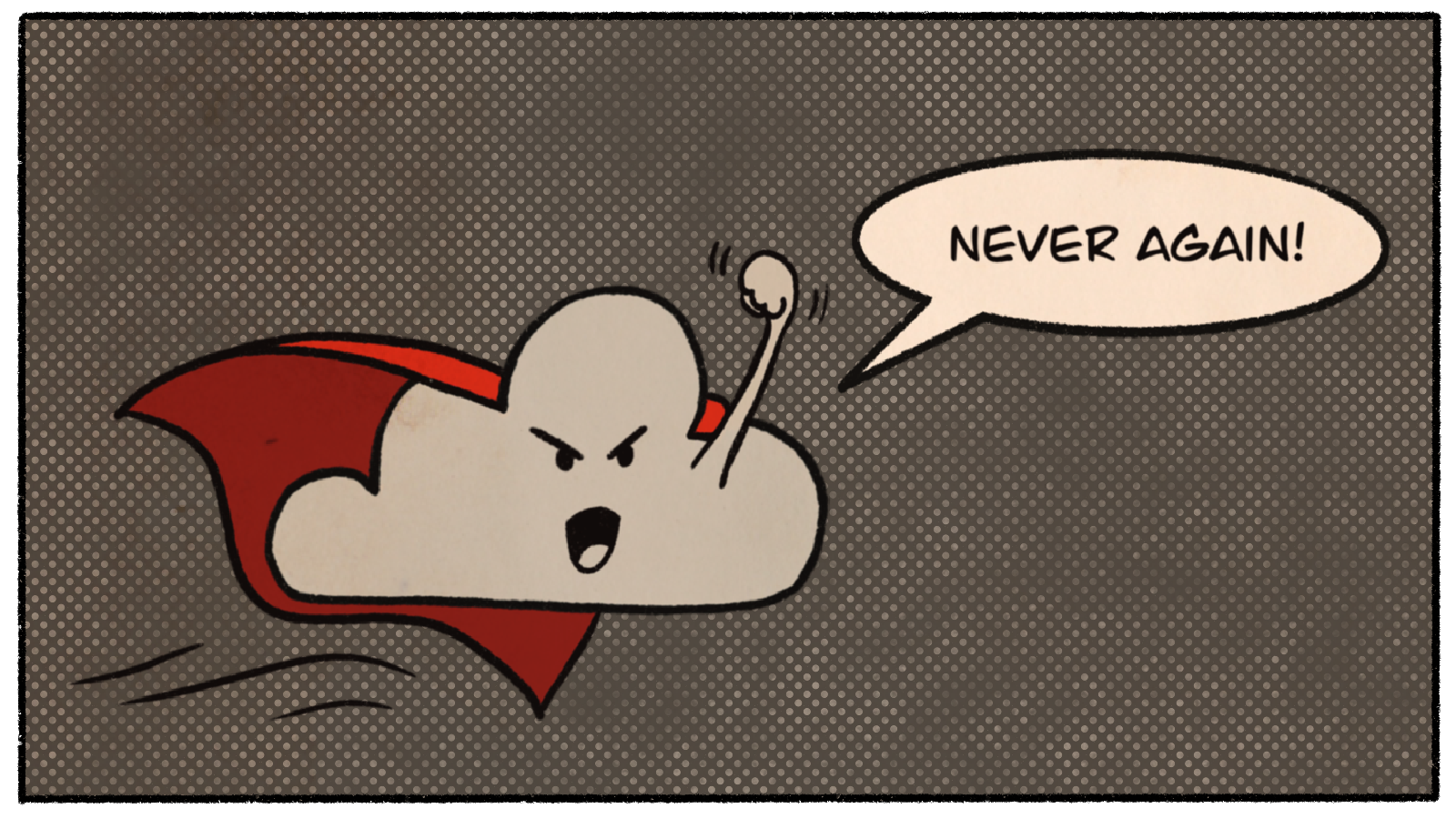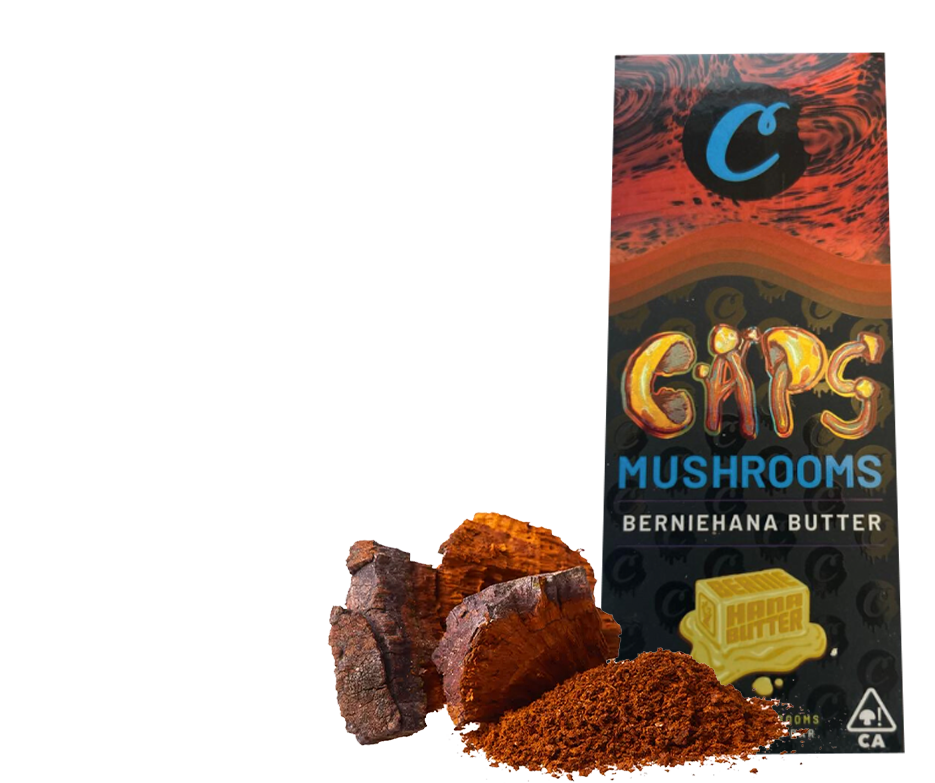The world keeps getting more and more stressful and disconcerting, and more people than ever are turning to non-ordinary states of consciousness for healing, growth, and insight. But as many discover, the journey doesn’t end with the trip—it’s only just begun.
Integration is where the real transformation happens, and that’s where Internal Family Systems (IFS) comes in. IFS is rapidly becoming one of the most respected frameworks for navigating the emotional and spiritual terrain of psychedelic journeys.
As a psychedelic therapist and artist, I created Quieting the Storm Within—a visual, beginner-friendly guide to IFS—to make these concepts more accessible for therapy clients and psychedelic explorers alike.
In this article, you’ll get a crash course in the basics of IFS and why it’s so uniquely suited for psychedelic preparation, navigating the journey itself, and supporting the often tumultuous integration process. Illustrated metaphors and excerpts from my book will bring the model to life—and I hope they do so with a sense of playfulness and warmth that makes IFS feel approachable, memorable, and deeply human.
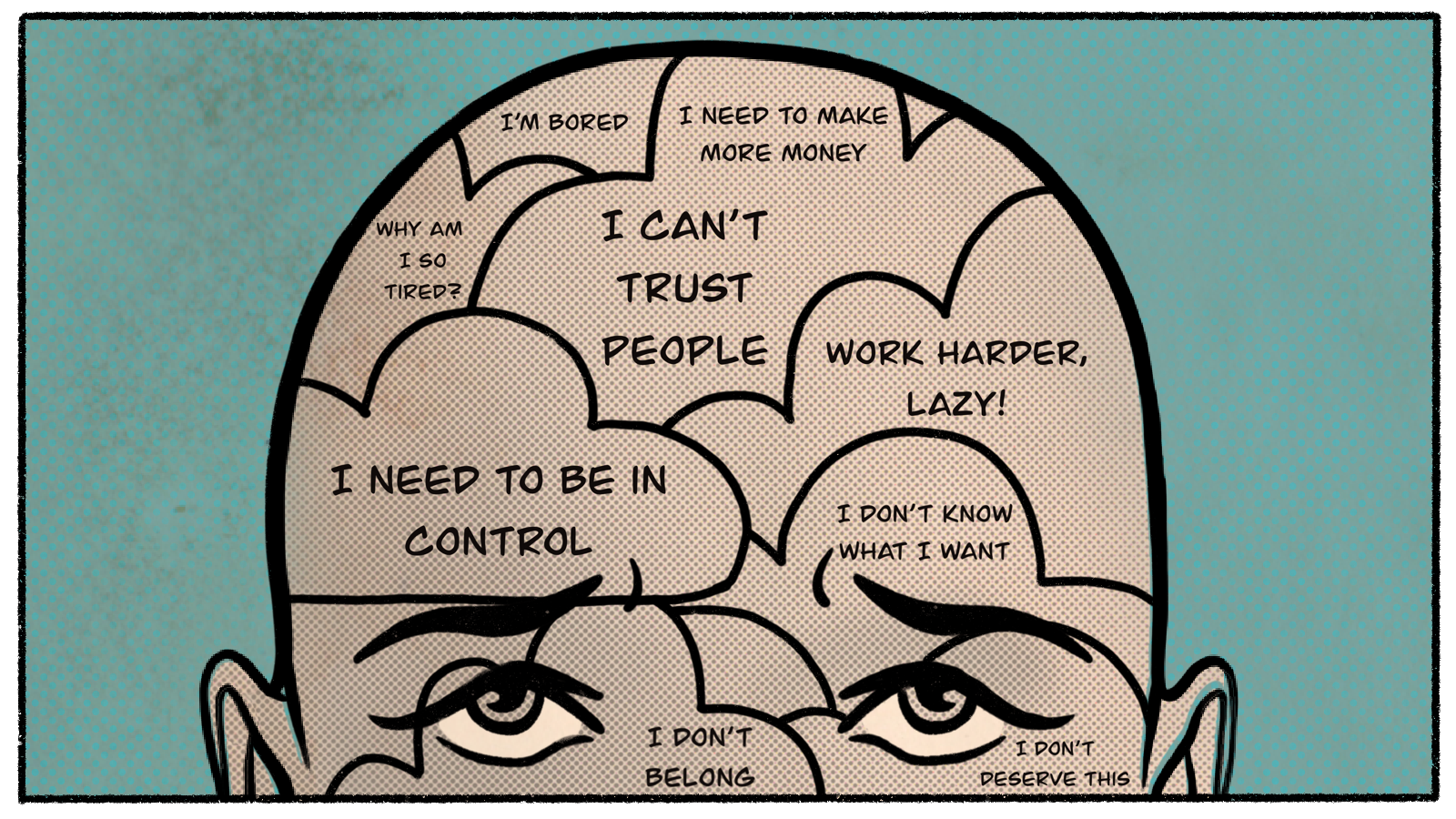
What Is Internal Family Systems? A Beginner-Friendly Breakdown
IFS is based on a simple but powerful idea: we’re not one unified mind, but a system of many “parts” or sub-personalities. Each part has a voice, a role, and a perspective—some are helpful, some are extreme, but all are trying to help us in their own way.
Parts develop as adaptive strategies to protect us or manage pain. They are the human survival system that helps us identify our needs and get them met. In IFS, we typically group them into three categories:
- Managers: These proactive protector parts try to control our environment and behavior to prevent pain or failure.
- Firefighters: These reactive protector parts respond when pain breaks through, often trying to numb or distract from it.
- Exiles: Parts that carry our most vulnerable emotions and unmet needs—often hidden or pushed away.
The Core Components of Our Inner System
In an even more basic sense, our parts are the embodiment of our core human needs. Some parts have taken on specific roles to try to help get those needs met—like the protectors, whom I refer to as proactive and reactive helpers. I chose this language because it felt important to define them by their essential essence rather than their behaviors.
It might be hard to imagine that parts of us that overeat or criticize ourselves and others are trying to help fulfill a need. But the invitation here is to get curious: What are these parts trying to communicate, if we really listen?
The next big idea in IFS—besides the realization that our ego may actually be a collection of parts—is what happens when we respectfully ask each part to step aside. In doing so, we often uncover a deeper, wiser presence within.
In IFS, this presence is called the Self, with a capital ‘S’. It’s calm, clear, compassionate, creative, connected, confident, curious, and courageous—what IFS calls the “8 C’s.” It isn’t another part, but the essence of who we are underneath all our strategies and wounds.
The metaphor I use to illustrate this relationship is one that is intuitive and common in the IFS community: the parts are clouds, and the Self is the sun. When there’s inner conflict, the clouds block the sun. But when we listen to and care for our parts, and the needs they advocate for, the clouds begin to part—and we are able to lead from the qualities of our deeper Self.
Importantly, IFS is non-pathologizing, which has been appealing to many people who have felt harmed by the traditional mental health treatments and systems. With current trends in mental health and trauma-awareness, IFS offers a humane approach with enough structure to provide real guidance.
Applications and Further Exploration
Through this work, we see that even parts that act out destructively are trying to help in the only way they know how. While I am introducing the general framework of IFS here, there is a honed process of how to effectively befriend our parts and instigate healing that would be the next layer of learning I would recommend.
While IFS is a powerful model for understanding ourselves in everyday life, it becomes even more potent in the context of using psychedelics for self-development. As we transition into the next section, I’ll share how this framework supports the preparation, navigation, and integration of non-ordinary states of consciousness.
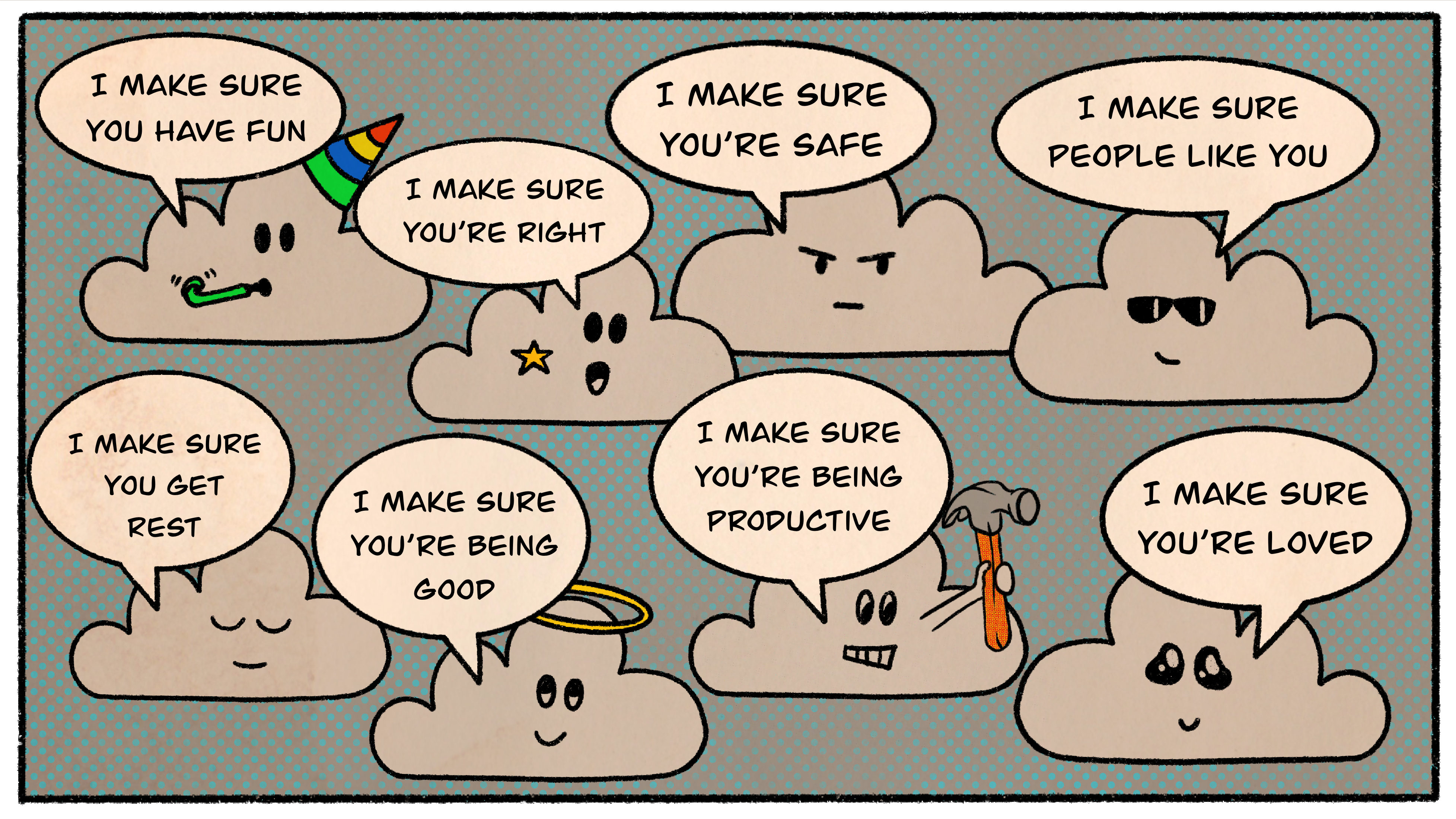
Why Psychedelics Activate Our Parts—and Why IFS Helps
Psychedelics often lower (or accentuate!) our internal defenses and bring forward long-buried emotions, memories, and parts. For some, this can feel like meeting their inner child. For others, it’s a swirl of voices and visions without context. IFS offers a compassionate map of the inner world, helping us stay grounded and curious even in the midst of intensity.
As a therapist on the MAPS-sponsored MDMA-assisted psychotherapy trials for PTSD, I repeatedly observed clients interacting with parts of themselves and having much greater access to the healing qualities of their Self. One participant had a profound moment of healing during her MDMA session: she saw a younger version of herself in a bathroom at the moment of a past trauma. With tears in her eyes, she said to that inner child, “I got you.” She retrieved the child from that scene, and together they imagined going to a field of flowers where they danced in matching dresses—a surprising vision from someone who typically presented as tough and no-nonsense.
The MDMA helped her access enough Self-energy to not only comfort her inner child, but also extend compassion to her angry teenage self—and even to her mother, who had failed to protect her. After completing the trial, she reflected: “I was a scared defensive child in a woman’s body… now I feel a true sense of strength and trust and empowerment in myself. This is my new normal… actually it keeps getting better.”
These moments—powerful, emotional, often cathartic—can arise in many psychedelic journeys. IFS provides a structure that helps clients make sense of them and deepen their impact.
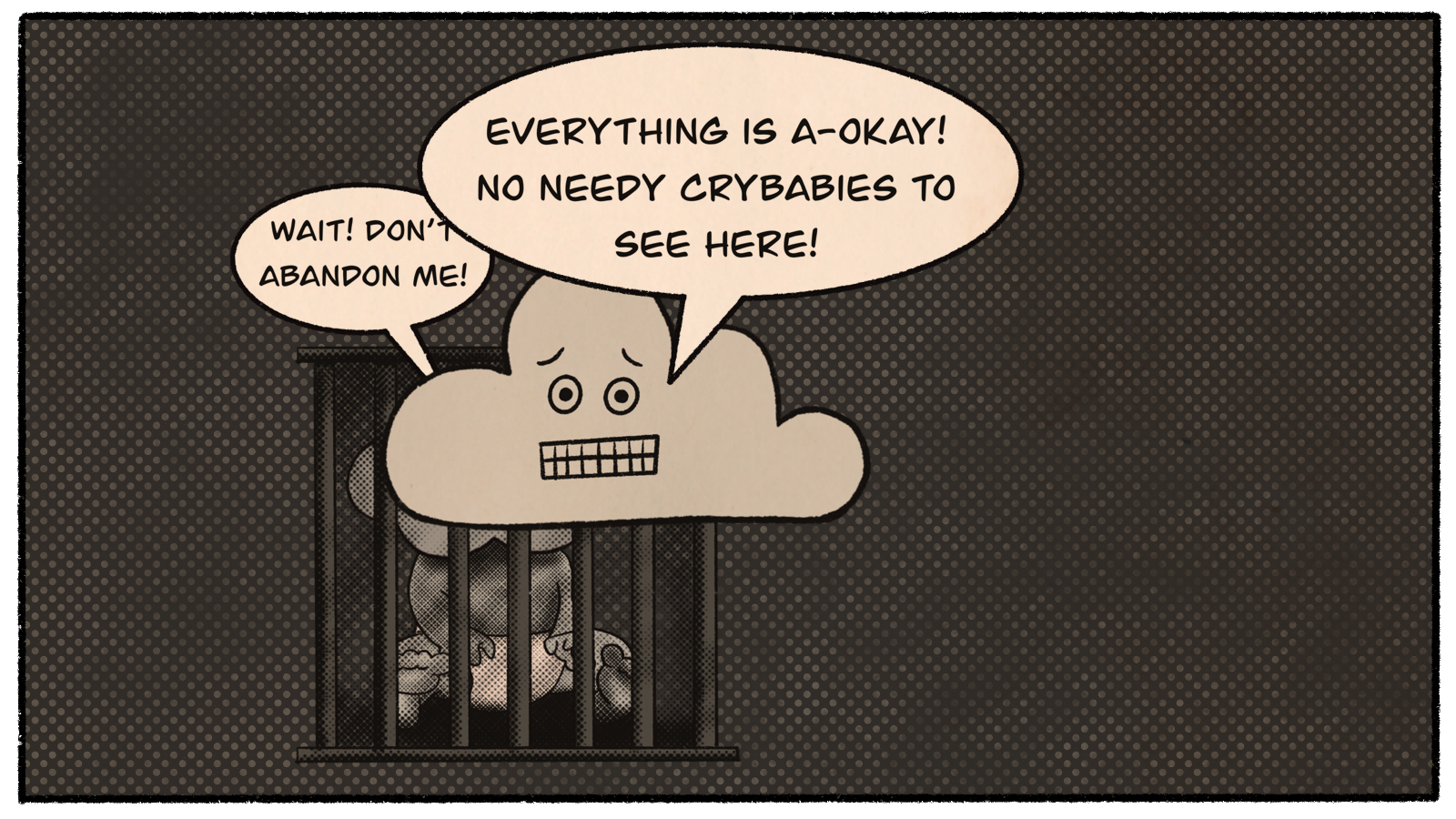
Self-Energy – The Inner Healer
At the center of the IFS model is the Self—a calm, compassionate, wise presence that exists in everyone. IFS founder Dick Schwartz discovered that when parts are invited to step back, this deeper essence naturally emerges.
It turns out that psychedelics often amplify access to this Self energy organically. That’s partly why people can feel so connected, clear, and loving in expanded states. But IFS gives us tools to stabilize and strengthen that connection outside of the medicine space.
Self is like an inner healer. When we lead from Self, we can hold space for our most vulnerable or wounded parts with curiosity, care, and compassion.
So how do we know we’re in Self? While it can show up differently for everyone, the 8 C’s—Calm, Curiosity, Clarity, Compassion, Confidence, Creativity, Courage, and Connectedness—are often reliable markers. I’ve found that when I’m truly in Self, I’m not trying hard. There’s a quiet, spacious presence that doesn’t feel cognitive or effortful—it just is.
It’s also important to know that sometimes what feels like Self is actually a part—a so-called “Self-like manager.” These parts may sound wise or controlled, but they often have an agenda. One trick I offer clients: if what’s speaking has a strong attachment to an outcome or is subtly judging another part, it’s probably not Self.
Pro tip: If you’re not sure, ask, “How do I feel toward this part?” If the answer is anything other than calm, curious, or compassionate, you’re likely caught up in the experience of that part and may need to pause and create a little more space.
Often the gift of a psychedelic experience is being able to have a deep felt sense of what it feels like to be in that Self energy. This reference point can be used as a resource moving forward and a critical part of the integration process. To be able to remember what that felt like, to learn how to make space for that Self energy to shine through, to create a practice and ritual of remembering and embodying.

After the Journey – Using IFS for Integration
The real work of psychedelics often begins after the ceremony. Parts may be activated, raw, or confused—and without support, it’s easy to fall back into old patterns or dismiss the insights altogether. IFS offers a compassionate and structured map for integrating what arises in non-ordinary states, helping people ground, reflect, and transform.
Here’s how IFS supports the integration process—along with a few real-world stories that bring these principles to life:
Offering Language to Describe What Happened Internally
One client came to me after an ayahuasca ceremony where the medicine seemed to have little effect. He spent the night consumed with shame and anxiety, convinced he had done something wrong because he hadn’t followed the dieta strictly enough.
As we unpacked the experience through an IFS lens, he realized that a powerful protector part—one that constantly strives to “do it right”—had taken over during the ceremony. Naming this part and exploring its motivation gave him relief and allowed him to separate from it. Over time, he began noticing when that part was active and how it was trying to secure love and safety through perfectionism.
Fostering Compassion and Understanding for Protection Strategies
During an MDMA-assisted psychotherapy session, one participant made a profound shift in her relationship with a long-resented “tough-girl” part—one that had often sabotaged intimacy and connection. With the help of the medicine and IFS framing, she was able to acknowledge this part’s original protective intent. “You’ve been trying to keep me safe,” she said.
After the trial, she continued her healing by developing an inner relationship with this protector—thanking it when it flared up, writing down its fears, and asking how she could help meet its needs in new, Self-led ways.
Helping Clients Track Which Parts Showed Up and What They Need Now
Another client came out of a 5-MeO-DMT experience with a deep, ineffable sense of connection to something divine. But when the luminous intensity faded, he struggled to integrate it into his daily life. Through IFS, he began identifying the parts of him that were overwhelmed or dismissive of what he had felt. By holding those parts with care and anchoring his experience in the language of Self-energy, he began developing a framework for making meaning—and for living in alignment with the truth he’d touched, even if only briefly.
Guiding Compassionate Dialogue Between Self and Parts
A woman working with psilocybin had a breakthrough moment of self-compassion during her journey. For the first time, she was able to detach a bit from her harsh inner critic and offer herself kindness. She placed her hand over her heart during the session, holding space for her inner child with care and softness. Afterward, she continued using this gesture as a somatic anchor—inviting Self-energy into moments of stress and letting it guide her response to difficult parts.
A Tool for Everyday Integration: The Self-to-Part Dialogue
One of the simplest and most powerful integration tools I offer clients is the Self-to-Part Dialogue. Here’s a quick way to try it:
- Take a piece of paper and divide it into two columns.
- Label one side “Self” and the other with the name or feeling of a part.
- Begin writing a conversation—one line from Self, one line from the part. Start with something like:
“Hey, I noticed you’re feeling a bit overwhelmed. What’s going on?”
As you continue the dialogue, practice slowing down and bringing in curiosity, compassion, and patience. The goal isn’t to fix the part (keep an eye out for any ‘Self-like’ parts sneaking in an agenda to placate or invalidate)—it’s to witness it, listen, and build a relationship. Often, that alone creates the conditions for healing.
Integration isn’t a single session or insight. It’s a practice of returning to your inner system, again and again, with love.
A Framework for Inner Peace
IFS offers more than a therapy modality—it’s a way of understanding yourself that’s intuitive, empowering, and deeply healing. For those working with psychedelics, it provides a roadmap to make meaning of the experience and nurture the insights that arise.
Whether you’re a therapist, a psychonaut, or a seeker of wholeness, IFS can help you navigate the strange and sacred terrain of consciousness—with Self as your guide.
For those wanting to go deeper, I offer worksheets, tools, and a visual guide to IFS at IFSandBeyond.com, or find my book Quieting the Storm Within on Amazon.
